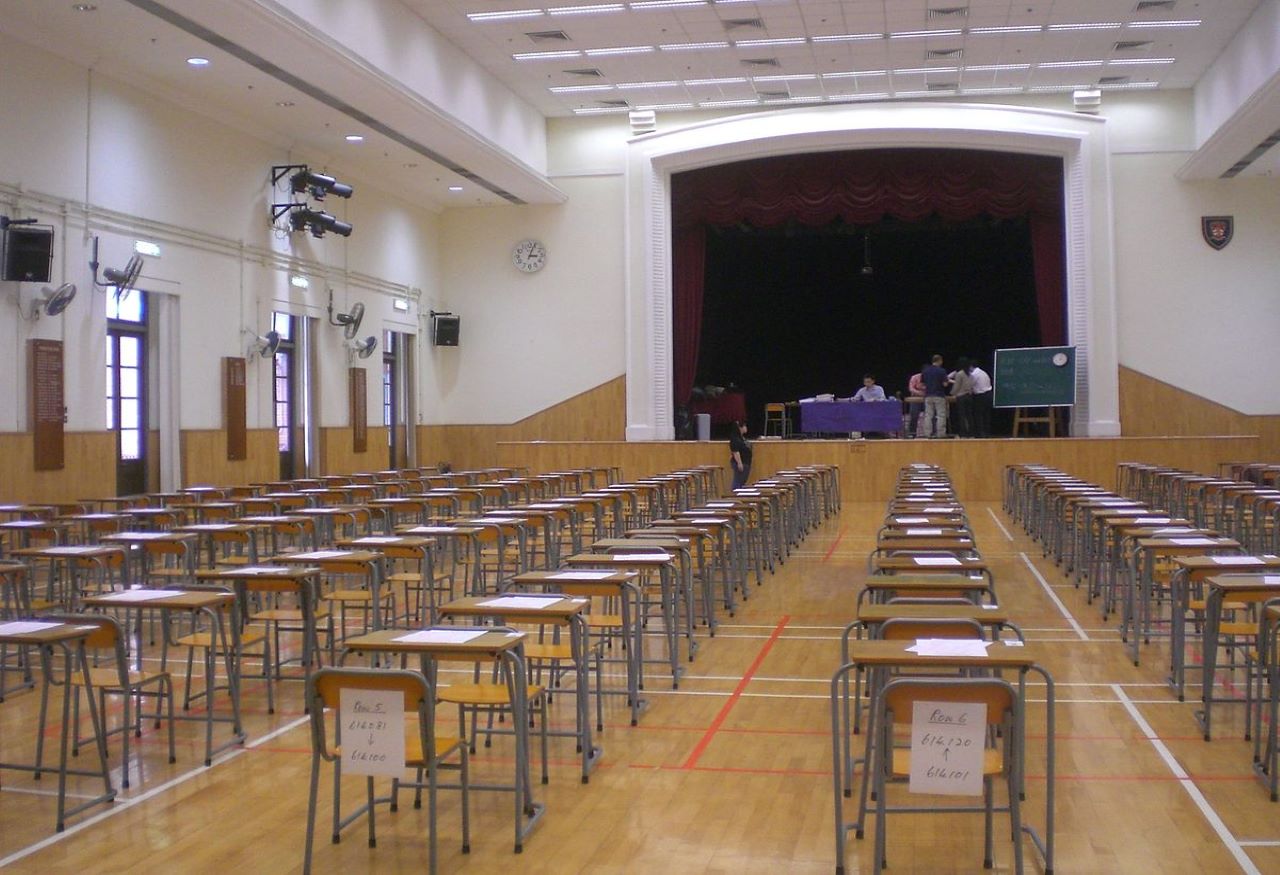Wealthy Students Keep Grip on Universities

Wealthy students continue to retain a tight grip on college entry in addition to places on elite degree courses.
In one glaring example, students from more affluent areas fill approximately 35% of places in medicine, compared with the 4% of people who enrol from disadvantaged areas.
The postcode lottery which surrounds who goes to college and to what course is highlighted in data based on 180,000 undergraduate and post-graduate students in the 2018 and 2019 years.
For every 10 students from the most affluent areas, on average there are only five from the most disadvantaged areas, a ratio of two to one.
The Higher Education Authority (HEA) report gives the most in-depth insight into the socio-economic profile of Irish students in institutes of technology and universities.
Key findings include that Trinity College Dublin has the highest proportion of wealthy students, with 36%, more than one in three, coming from the most well-off communities.
It is marginally ahead of the Royal College of Surgeons Ireland (RCSI) and University College Dublin (UCD) with 33% and 35% of students coming from the most affluent areas.
UCD, RCSI and Trinity also have the lowest proportion of students coming from disadvantaged areas, around 5%.
By contrast, in the Letterkenny Institute of Technology, around 25%, one in four students are coming from disadvantaged areas and this is the highest proportion nationally.
At a national level, around 20% of college places are filled by students from the 15% wealthiest families. By contrast to this, students from the 15% most disadvantaged families fill just 10% of places.
In relation to areas of study, high point courses such as medicine, banking and finance have more students from those most well-off backgrounds.
By contrast, there are considerably high concentrations of students from disadvantaged areas filling places in courses such as youth services, sports, childcare and counselling and social care. In childcare specifically, around 19% of students come from disadvantaged areas.
Other findings include that male students generally have a higher affluence rating, which suggests that disadvantaged males are less likely to attend college than females are that come from the same area.
The HEA’s Spatial and Socio-Economic profile of the Higher Education Population report covers approximately 94% of enrolments. It utilises the Deprivation Index Scores (DIS), which measures the relative disadvantage or affluence of a particular geographical area based on the census data.
Caitríona Ryan, the HEA’s head of access policy has cautioned that it was not useful to compare institutions with each other based on their DIS scores alone, as context is incredibly important.
She feels that each college served a unique region and offered their own range of programmes with different levels of student demands.
Irish students generally study close to home so the socio-economic profile of a particular region will have a relatively large bearing on the profile of a local college’s student population.
Nationally, the average household income of students is around €49,603, ranging from €56,822 in IADT Dún Laoghaire to €35,853 in Letterkenny IT.
Alan Wall, HEA chief executive has said that the data would help in developing and implementing targeted approaches to advancing equity of access. The HEA awards around €42m annually to colleges based on the level of disadvantage in their student population and the most recent data will enable for a tweaking of funding to reflect college profiles.
Simon Harris, Higher and Further Education Minister has said it was his ambition to make sure third-level education was accessible to everyone and said the report would be a brilliant resource in preparing the new National Access Plan, work on which begins next year.
Technological Higher Education Association CEO, Dr Joseph Ryan has said the socio-economic profiles of ITs most closely matched the population as a whole, as he called for investments in technological higher education institutions.


Leave a comment